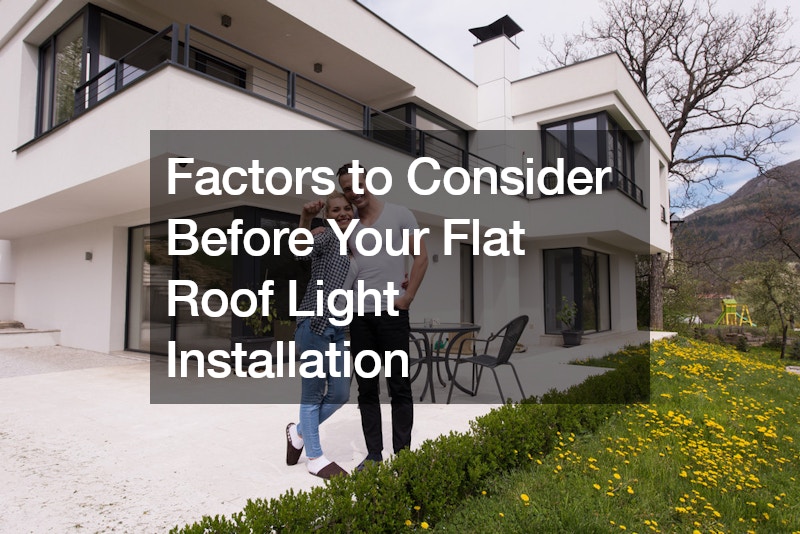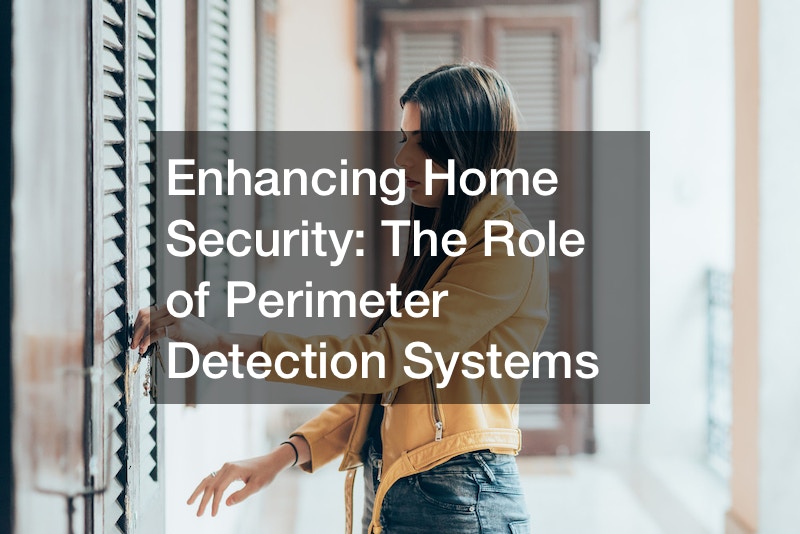Flat roof lights are a fantastic way to flood your indoor spaces with natural light, creating bright and airy environments that uplift mood and enhance productivity. Before diving into your flat roof light installation project, it’s essential to consider several key factors to ensure optimal results. Let’s explore these factors to help you make informed decisions and achieve the desired outcomes for your space.
Orientation Matters: The direction your roof light faces can significantly impact the amount and quality of light it brings in. Consider the orientation of your roof and the path of the sun throughout the day. North-facing lights provide cooler, bluer light, while south-facing lights offer intense brightness but may lead to overheating. East-facing lights welcome early morning sunlight, while west-facing lights capture the afternoon glow. Choose the orientation that aligns best with your lighting preferences and energy efficiency goals.
Size and Placement: Size matters when it comes to flat roof lights. Larger skylights can transform a space by flooding it with more natural light, creating a sense of openness and connection to the outdoors. Additionally, strategically placing your flat roof light can enhance its effectiveness. Consider positioning it above key areas like living rooms, kitchens, or workspaces to maximize its impact on daily activities.
Integration with Architecture: A well-integrated flat roof light can seamlessly blend with your home’s architecture, enhancing its aesthetic appeal while serving a functional purpose. Think about how the design of your roof light complements the overall style of your home. Whether you opt for a sleek and modern design or a more traditional look, ensure that it harmonizes with the existing architectural elements for a cohesive finish.
Energy Efficiency: Investing in energy-efficient roof lights not only reduces your carbon footprint but also saves you money on utility bills in the long run. Look for skylights with features like self-cleaning glass, which breaks down surface dirt, and insulated glazing, which improves thermal performance. Consider adding shading devices or blinds to control the amount of sunlight entering your space, especially during hot summer months.
Ventilation and Cooling: Flat roof lights can also serve as passive cooling devices when properly designed. Opt for ventilating skylights that allow hot air to escape, enhancing airflow and reducing the need for artificial cooling systems. Installing skylights above stairwells or high-ceilinged areas can capitalize on the stack effect, promoting natural ventilation and improving indoor air quality.
Nighttime Considerations: While roof lights illuminate your space during the day, they can present challenges at night, especially if left uncovered. To minimize the “black hole” effect, consider installing shades or screening devices that block out light when not needed. Alternatively, choose etched or sandblasted glass that diffuses light, creating a softer glow in the evening without compromising privacy.
Professional Installation: Installing flat roof lights requires careful planning and precise execution to ensure optimal performance and longevity. Hire experienced professionals who specialize in skylight installation to handle the job safely and efficiently. They can provide expert guidance on selecting the right type and size of skylight for your space, as well as ensuring proper sealing and weatherproofing to prevent leaks.
Flat roof lights offer a myriad of benefits beyond just illuminating your indoor spaces. They have the power to redefine the ambiance of your home or workplace, fostering a connection to the outdoors while enhancing comfort and well-being. By carefully considering the factors outlined above, you can embark on your flat roof light installation project with confidence, knowing that you’re making informed decisions to create spaces that inspire, uplift, and delight.
The installation of roof lights isn’t just about aesthetics; it’s also a commitment to sustainability and energy efficiency. By harnessing natural light, you reduce your reliance on artificial lighting and lower your environmental impact. This eco-friendly approach not only benefits the planet but also contributes to long-term cost savings on energy bills.
It’s crucial to recognize that the installation process itself is as important as the choice of skylights. Entrusting this task to experienced professionals ensures that your flat roof lights are installed safely, efficiently, and effectively. From selecting the right size and type of skylight to ensuring proper sealing and weatherproofing, skilled installers bring expertise and precision to every step of the process.
Overall, flat roof lights represent a harmonious fusion of form and function, blending beauty with practicality to create spaces that feel both inviting and inspiring. So, as you embark on your journey to bring more natural light into your life, remember to consider these factors and make choices that reflect your vision for a brighter, more vibrant environment. With the right planning, execution, and attention to detail, your flat roof light installation can truly transform your space into a beacon of warmth, comfort, and architectural elegance.
.




